Orchestrating the Symphony of Shots
We’ve spent much time going over camera shots, looking at various stationary and moving shots used in screenplays. If you haven’t been following my blog all year, you can click on the category Shoot Your Novel and, beginning with the first week of January, read through all the camera shots.
You’ve now seen how each particular shot can be transcribed effectively in a novel, and hopefully you now have some great tools in your writers’ toolbox that you can use to supercharge your novel and make it visually powerful.
Combining Camera Angles for the Greatest Effect
Using a camera shot in a scene will do much to bring it alive for the reader, but as in movies, novel scenes are made up of segments, a string of moments that may include various movements, internal thoughts, gestures and expressions, and dialog, all leading up to the high moment in each scene. The fine arts of movie directing and film editing come into play as the novelist pulls together all the needed shots to create a dynamic scene that packs a punch. Novelists become orchestra conductors, drawing upon an entire symphony of “instruments” to enthrall their readers with a beautiful composition.
So over the next few weeks we’re going to take a look at some examples of scenes in which writers effectively use a combination of shots in order to lead readers to the emotional places they want them to go. A skilled writer will choose each segment shot deliberately, pointing out exactly what he wants his readers to notice and to pay attention to in order to move the plot along, set the pacing and tension, and bond them with his characters. When done well, the result is a powerful novel whose imagery will be burned into memory for a long time. For, images—more than words or abstract concepts—stick the longest.
It’s said the expression “a picture paints a thousand words” comes from this ancient Chinese saying: “One showing is better than one hundred sayings.” When novelists show instead of tell—and show using powerful cinematic technique—they will see the truth in this saying.
Putting It All Together
Now that you’ve learned the various shots screenwriters use to piece together the segments in their movie scenes, let’s take a look at a number of novel segments from books written by best-selling authors. No doubt these authors have met with success due in part to their cinematic technique in writing. Some may utilize camera shots quite intuitively, and I doubt many, if any, actually lay out their scenes with a list of camera shots breaking the scenes down in the kind of pieces a screenwriter or filmmaker would. I don’t doubt that novelists who are also screenwriters do this consciously on some level—even if only seeing the scene filmed in their head.
As I mentioned early on, we are so used to watching movies and TV that we automatically use camera shots without thinking. But my goal is to wrest you from the haphazard method of winging it and get you to plan ahead the way a director will. To think about your high moment of each scene and what that should look like. And once you know what shot you will need to show that moment, you can design the rest of the scene around it. Now that you have all these tools in your writers’ toolbox, you can pick and choose, play with the scene structure, and even try writing a scene a few different ways.
Decisions, Decisions . . .
To give you a personal example, here’s what I thought about while I was writing my fantasy novel The Crystal Scepter, which is a fanciful retelling of the Greek legend of Perseus and Medusa. I had a key scene to write—the final scene of Part One, in which a lowly fisherman, on the sad anniversary of his son’s drowning, goes outside the morning after a terrible storm to check his nets. I knew well what the high moment of the scene would be: Arnyl finding a trunk tangled in his nets, and a baby, alive, inside the trunk. I knew this had to be a “big screen moment,” as it is the pivotal plot element the entire book hinges on. The baby grows up to be the hero of the story, unknowing of his true royal parentage. So I wanted to build to this key moment both visually and emotionally.
I considered starting the scene with a Close-up on Arnyl’s hands as he tries to untangle the mess of nets in the cove by his beachside cottage. I thought I might then Pull Back and show the cove in a brief Establishing Shot. This way I could dive right into his frustration, show the storm-littered beach, have his grief compounded by this task. This could lead nicely into his finding the trunk and pulling it out.
Then I considered other factors. I wanted to get a little bit of backstory in about how his son drowned, and rather than have him just sit there thinking about what day it was, I wanted the scene more active. It is also the very first time you meet Arnyl, so I decided it would work better to show him stepping outside his cottage that morning and walking to the memorial stone he erected for his son. That way I could reveal his emotional state and tell a bit of the story, in his POV, of his guilt over the drowning, his drinking, his railing at heaven and himself.
Then I had the camera follow him as he panned the beach with his gaze. And as he sees all the fish in his nets and starts filling up his cart, I slowly zoom in to a Close-up, then Angle On the bit of trunk he spots bobbing in the water. The rest of the shot is a Close-up to an Extreme Close-up as he hefts the trunk onto the rocks, opens it, finds the baby, and then the note and the bag of gems underneath.
By making this the only Close-up in the scene, it emphasizes the importance of what is seen. The reader is told “Pay attention to these details—they’re important.” Once Arnyl recovers from his shock and goes through the emotional upheaval of the realization heaven has sent him another son to raise, we Pull Back and see him head away from the cove, determined, changed, and with a plan. The literal Pull Back does a nice job of paralleling the emotional and mental Pull Back Arnyl does as he realizes his life has suddenly changed.
I Know I’ve Said This Before . . .
But I have to reiterate: it’s all about your high moment. I hope this gives you an idea of how you can think through your scenes as you start piecing the plot of your book together. If you start with knowing the point or high moment of each scene—what important piece or plot or character reveal you plan to show—you can play with these different segments to determine just where and how to start off your scene, and how and with what camera shots to follow it through and build to that high moment.
It’s not rocket science, and there’s not just one way to do it. The fun is in the choice, and once you realize you can direct your scenes the way a movie director might, it opens many exciting possibilities.
I hope you’ve been getting excited, because I do—every time I begin to think how to construct a scene in my novel. I don’t just wing it or point and shoot randomly; I lay out a shooting schedule! May you find similar joy in wearing your screenwriter’s hat too.
This week, think about a scene you haven’t written yet in your WIP. Maybe it’s the next scene coming up. Once you have defined what your high moment is for the scene, think about the best camera shot you could use to show it. Is it a Close-Up on some detail? A Pull Back revealing a bigger picture, either mentally or literally? Could it be a Pan across a landscape ending with a Find or Angle On something important. Then start playing with the shots you will need to lead up to that moment. Think of two or three different shots you could start with and think about what will best help you tell the story that needs telling. If you feel inclined, share some thoughts about the process in the comments.

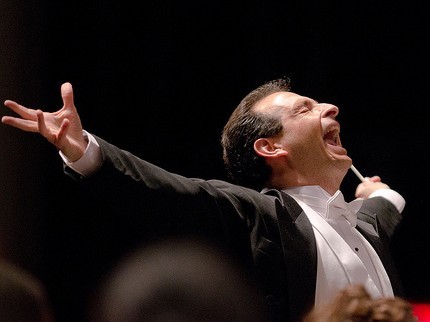
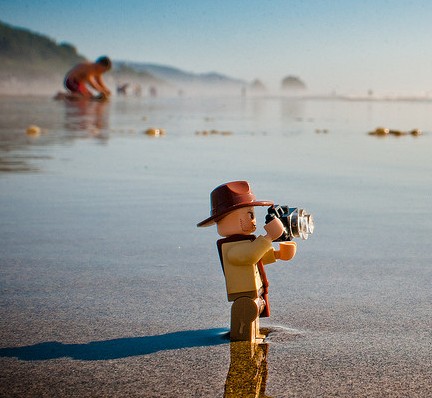
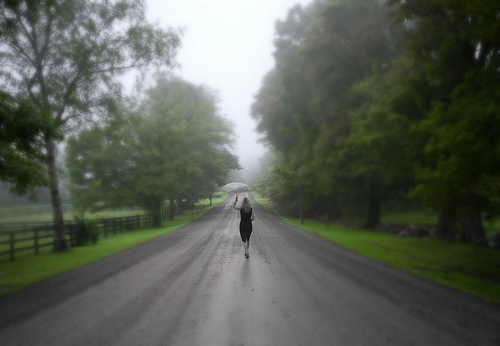
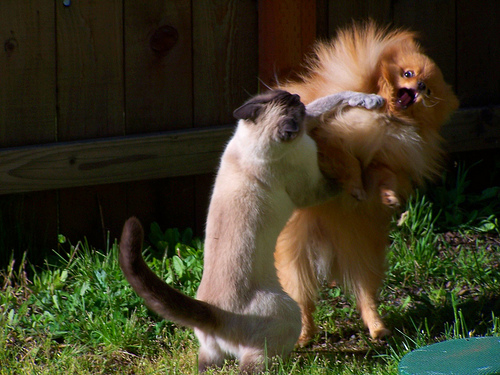
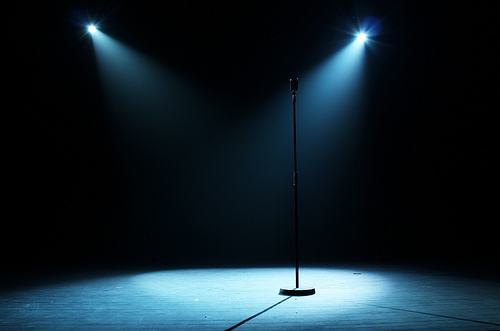
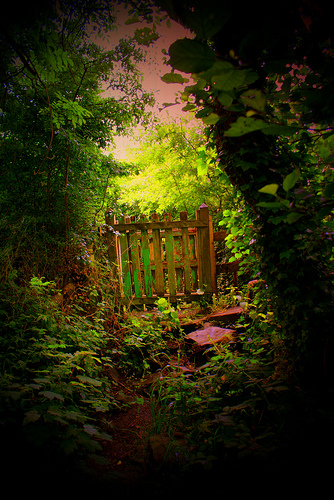
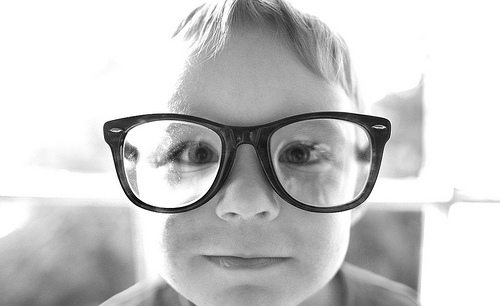




Never thought of doing this, but I like it!! I can see how this would be extremely useful.
always love the examples you use to illustrate your point; here the multiple camera shots, could really visualize the whole scene, and its workings, thanks so much 😉
I’ve always pictured my book scenes as movie scenes in my head, but now, I’ll be more conscious of it. Thanks!